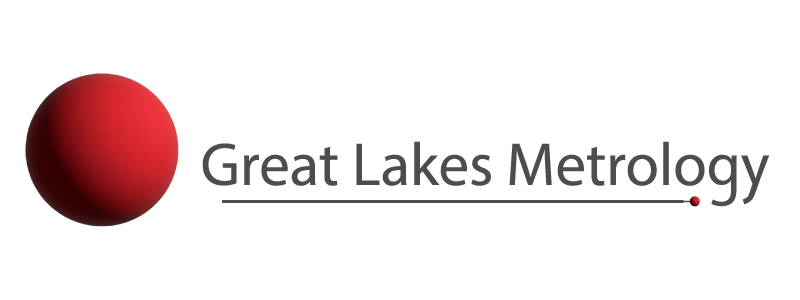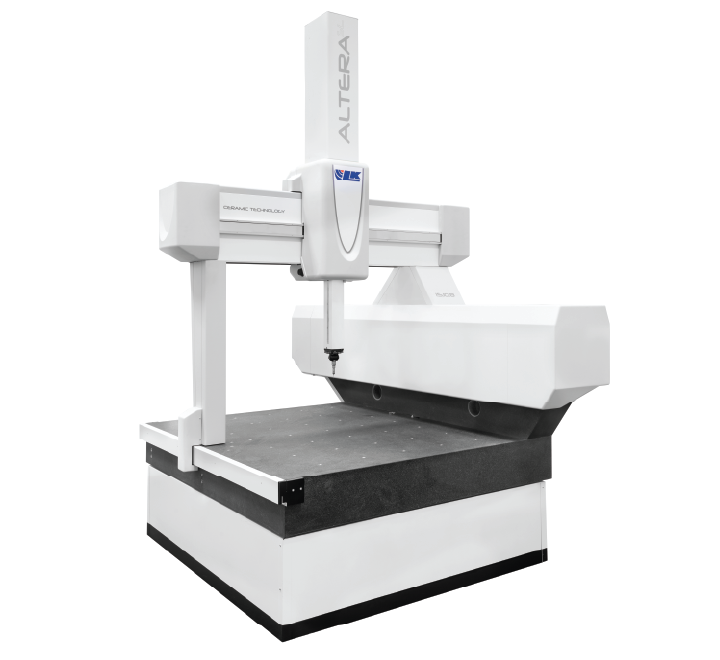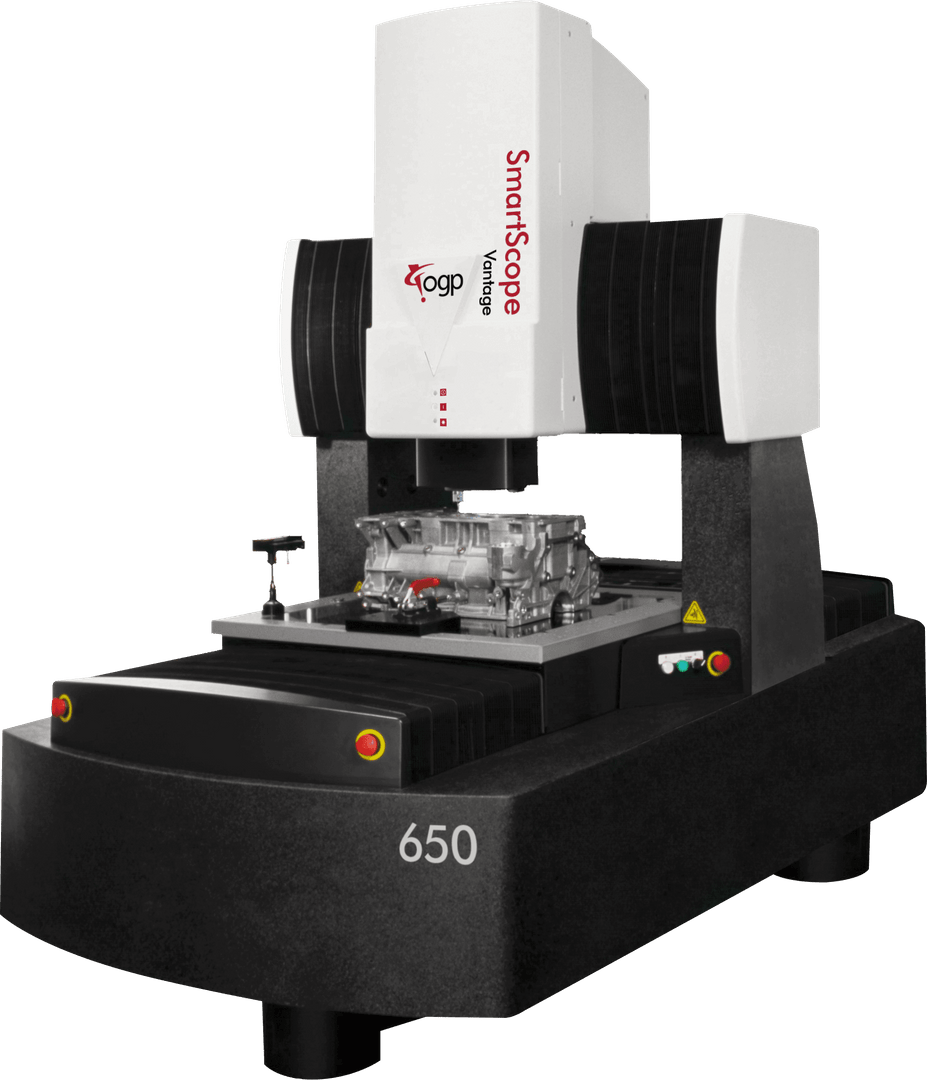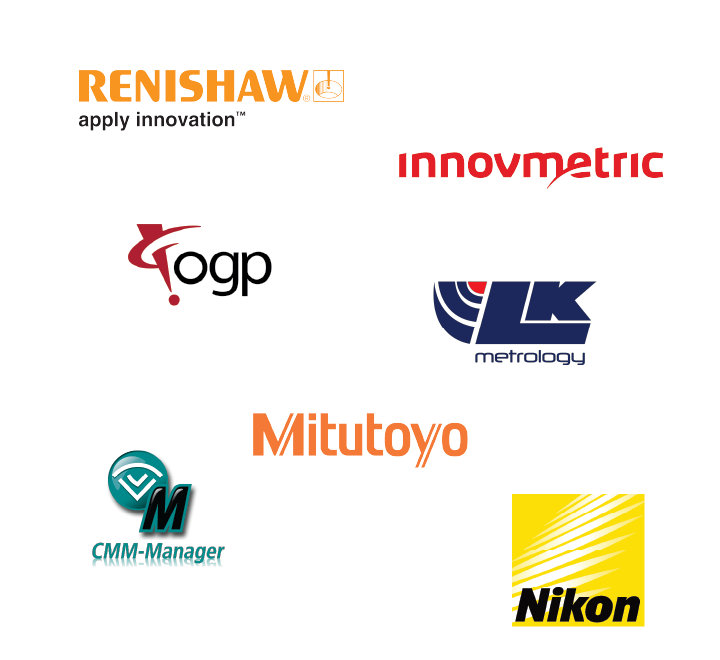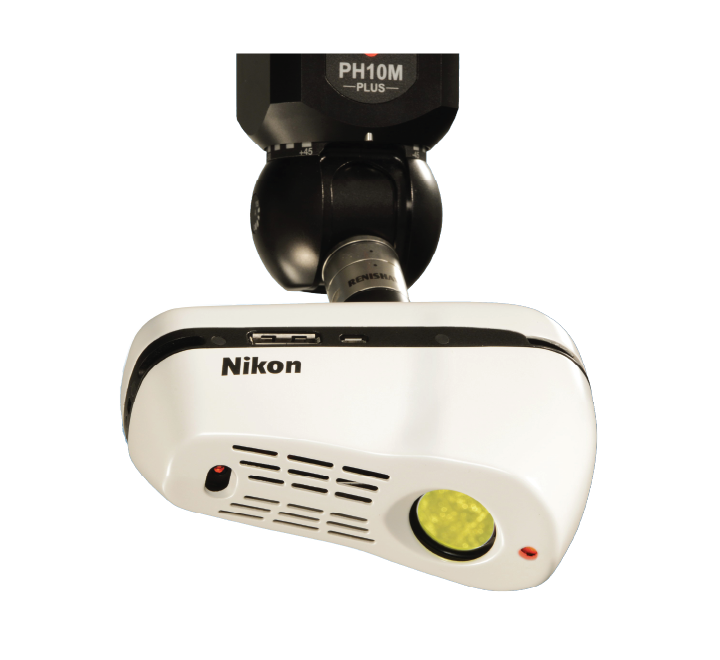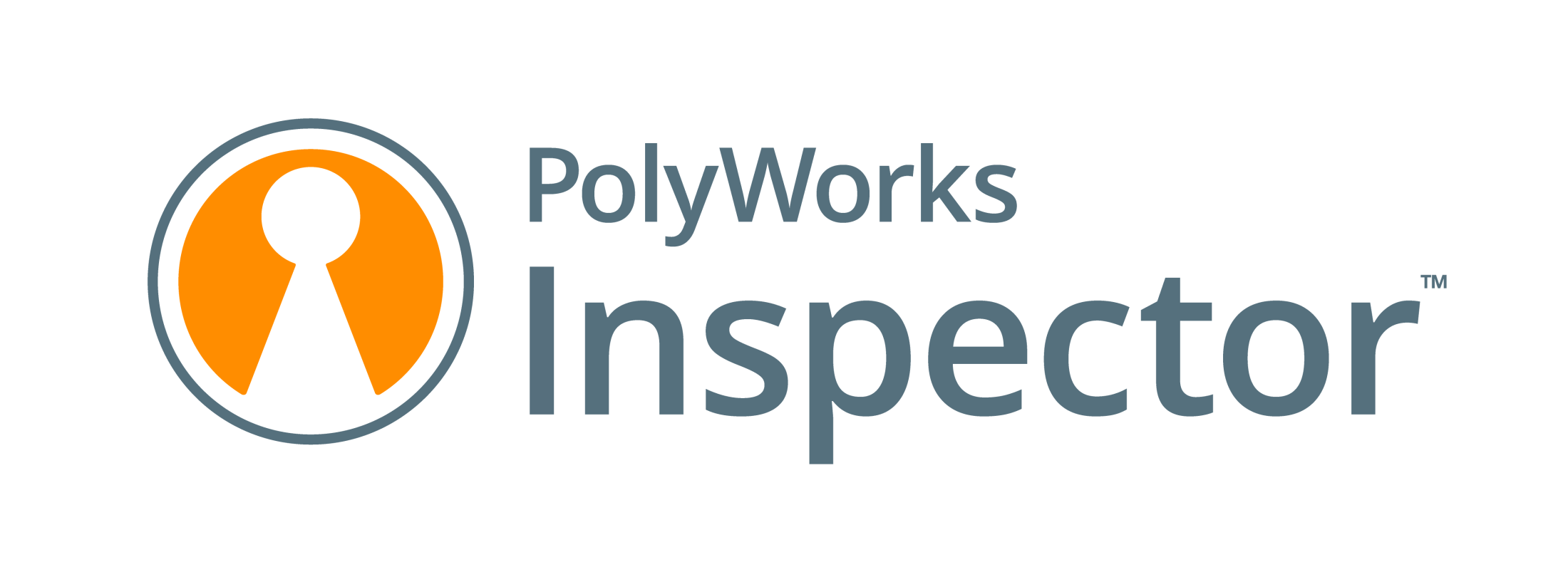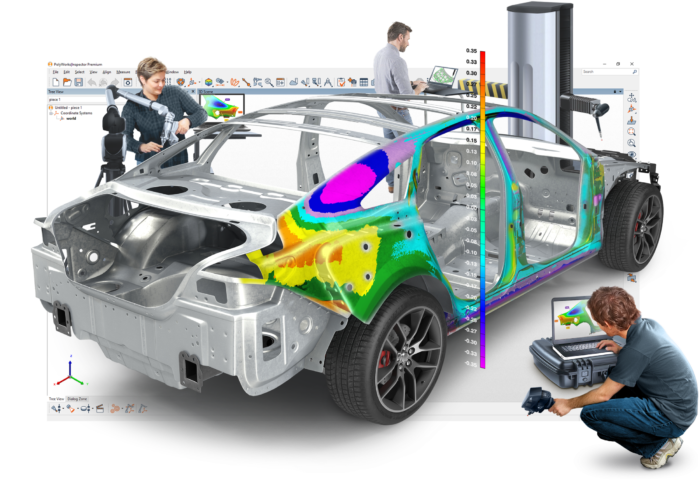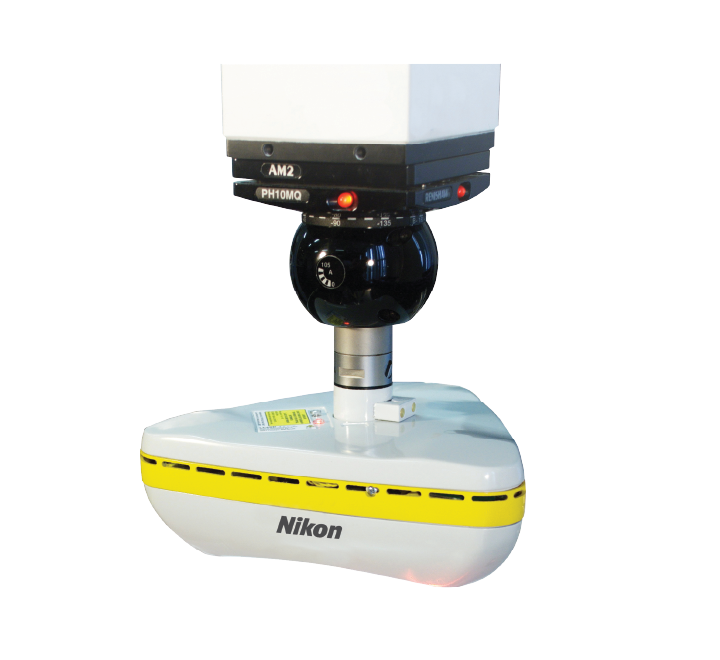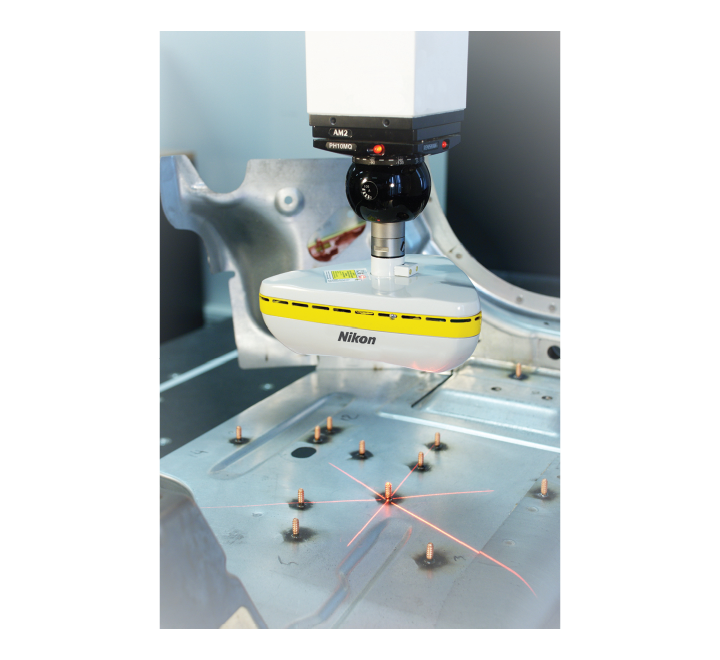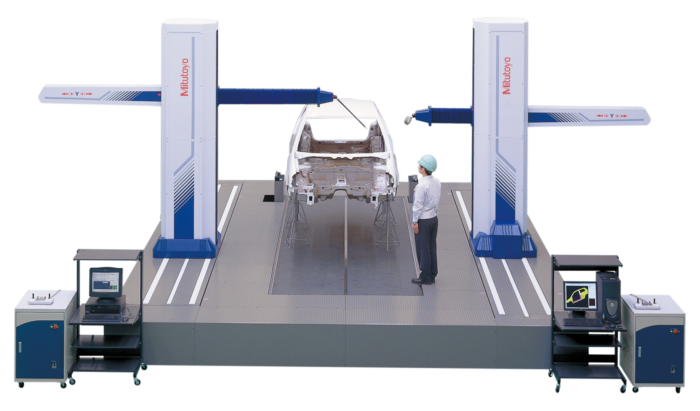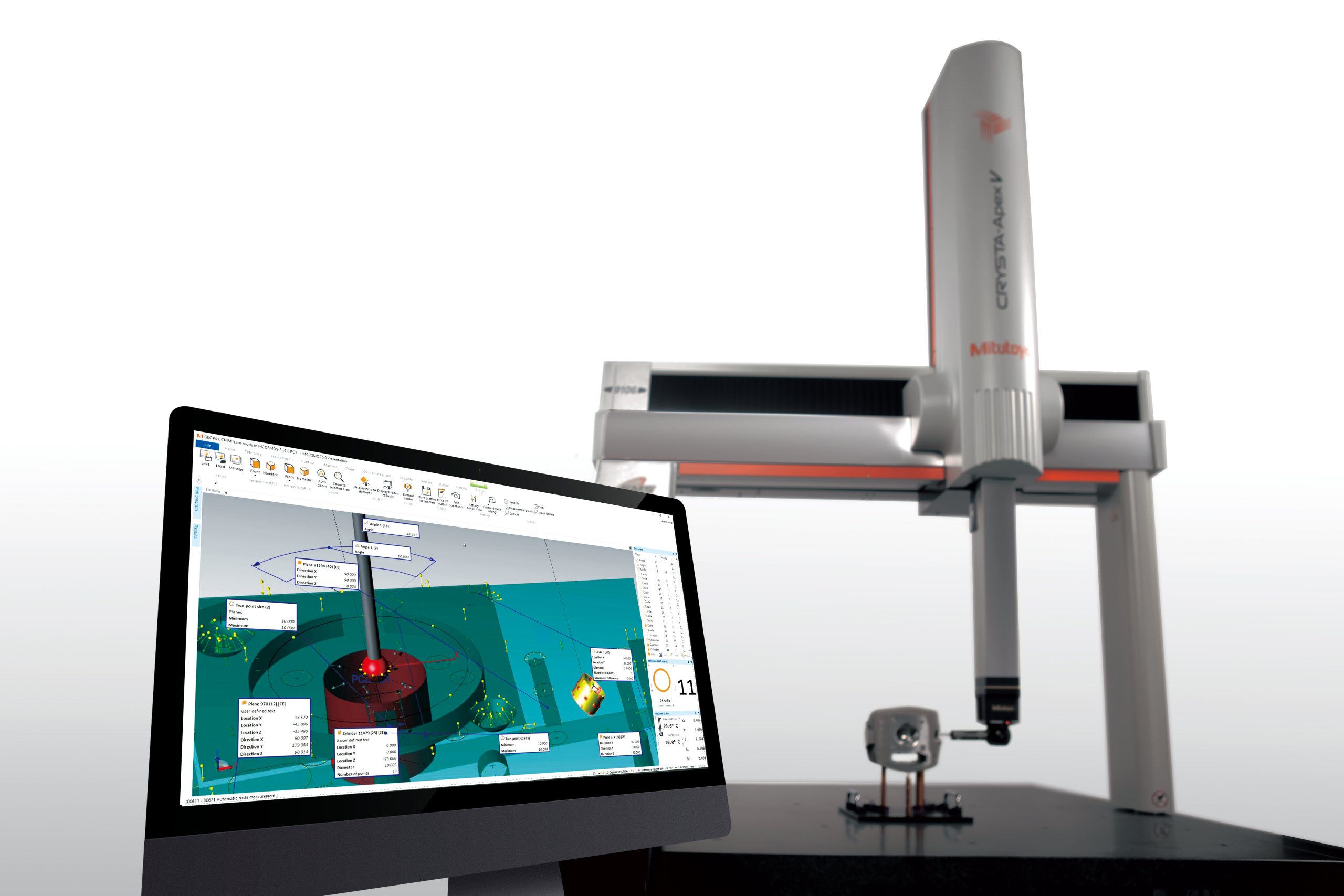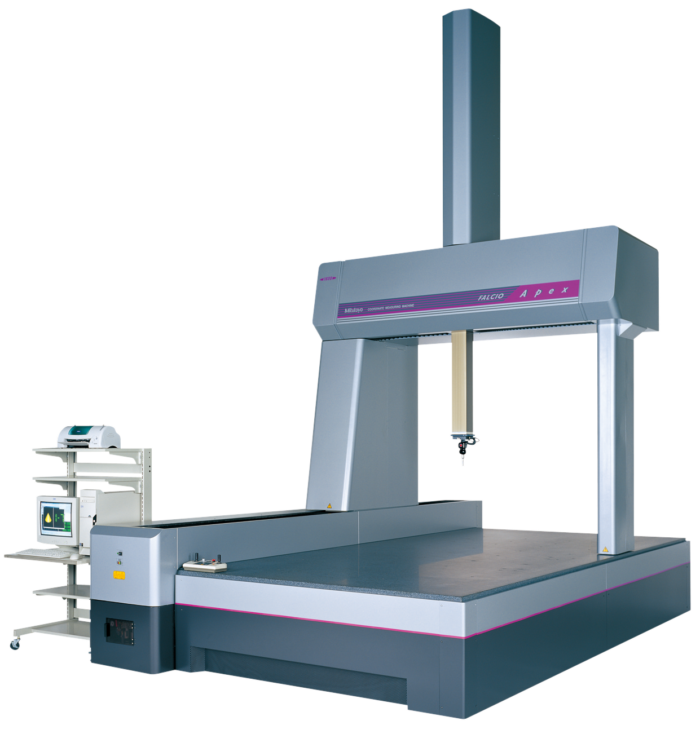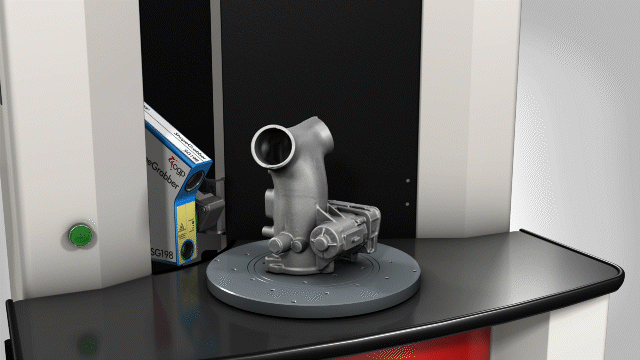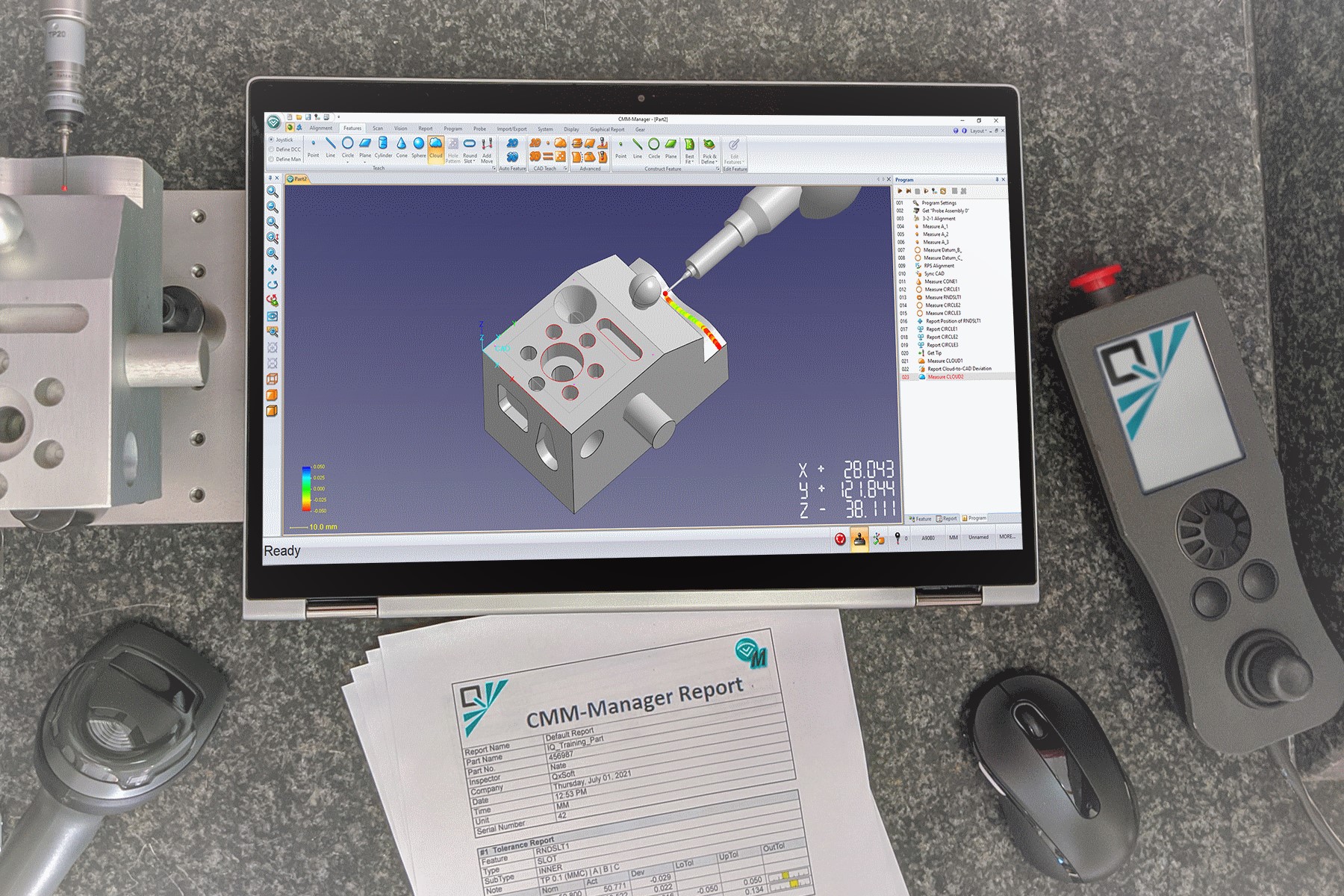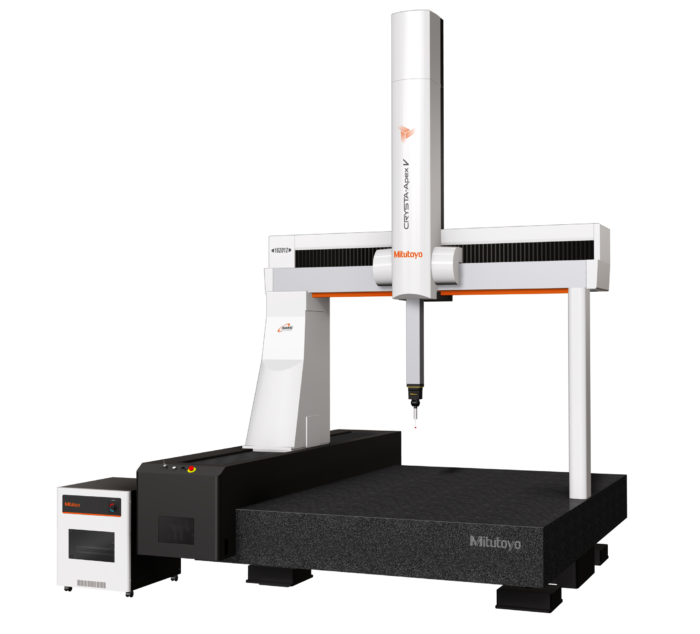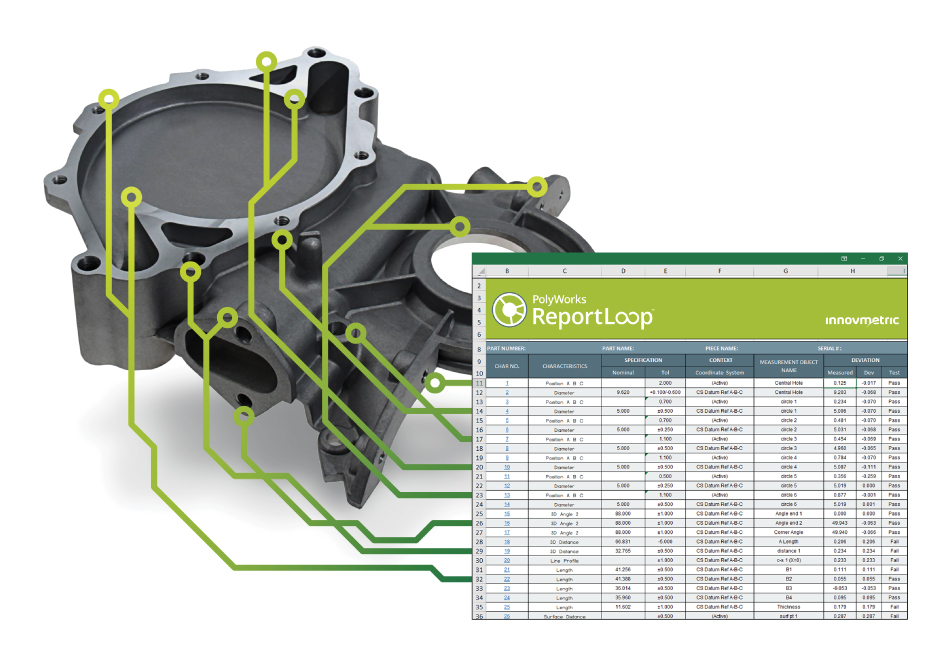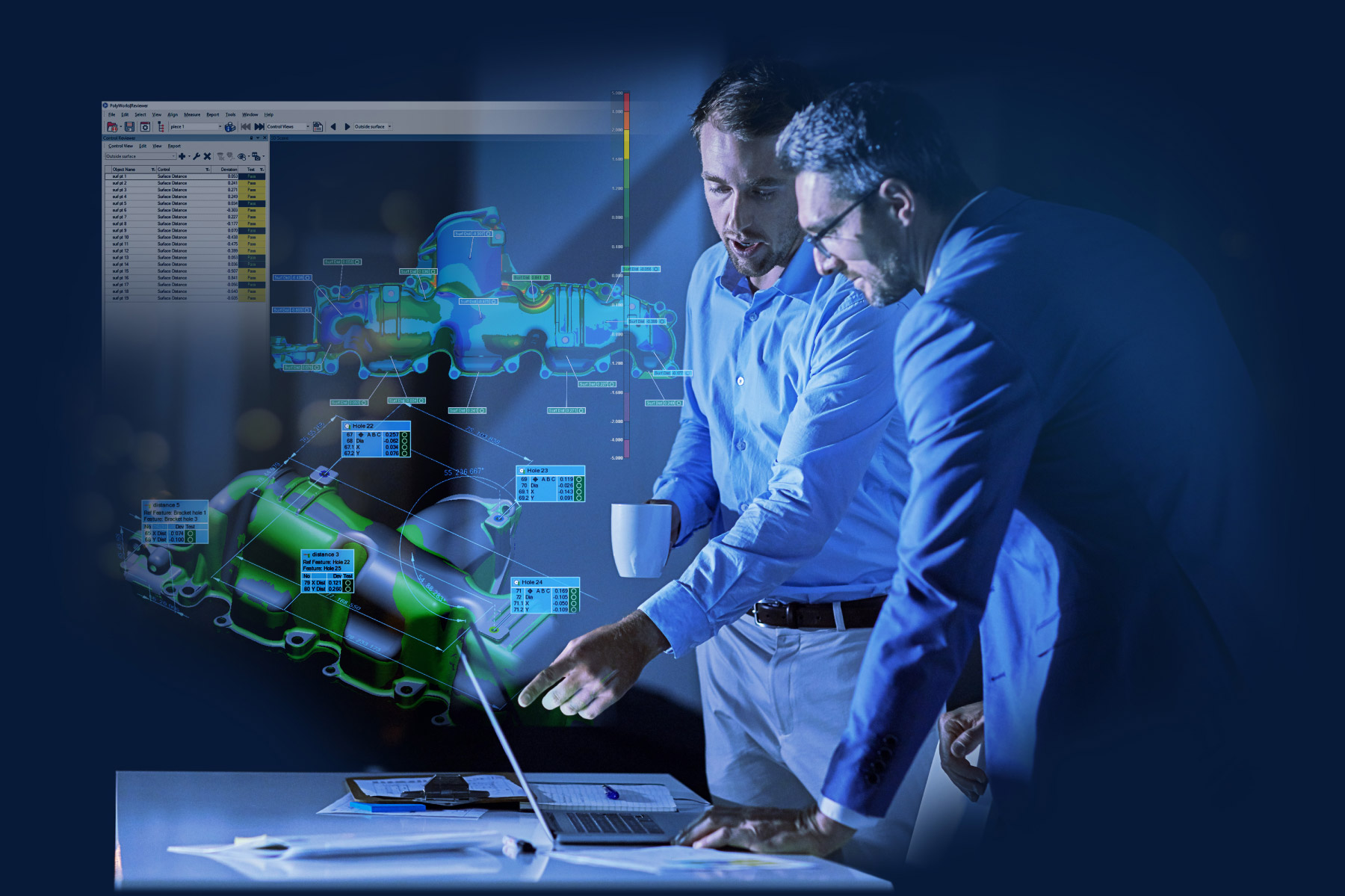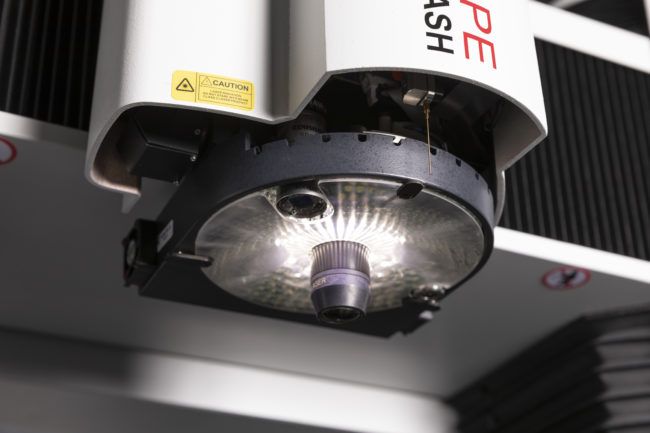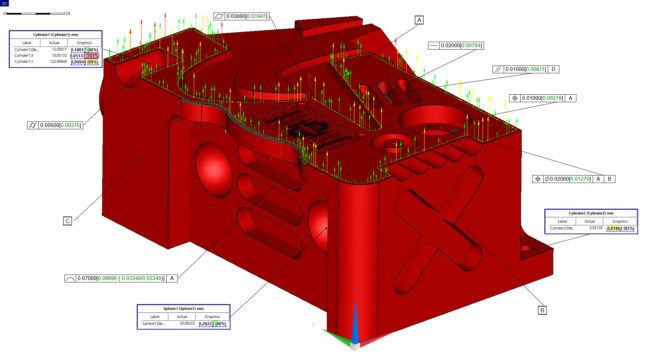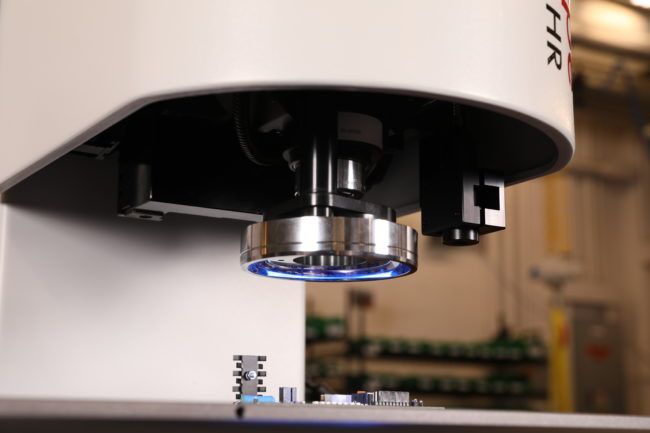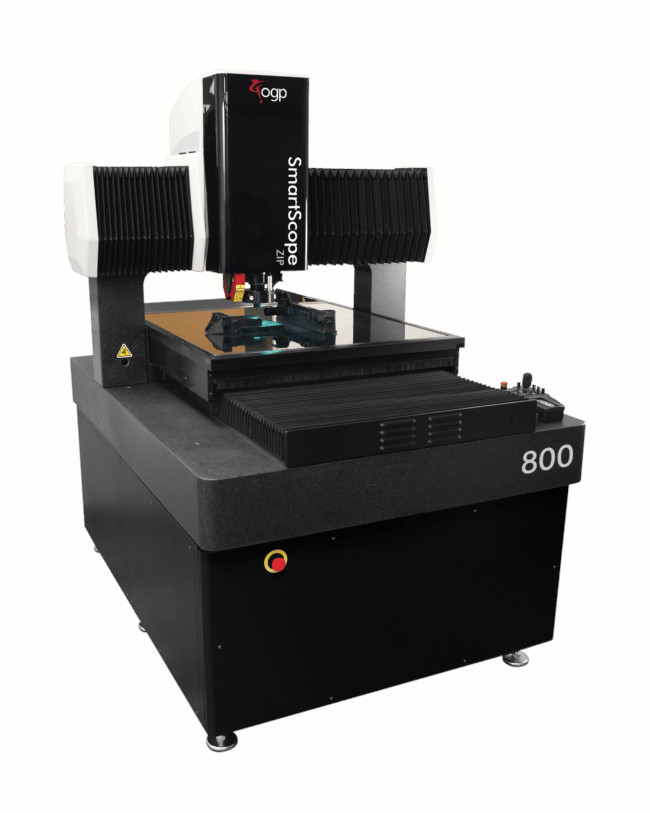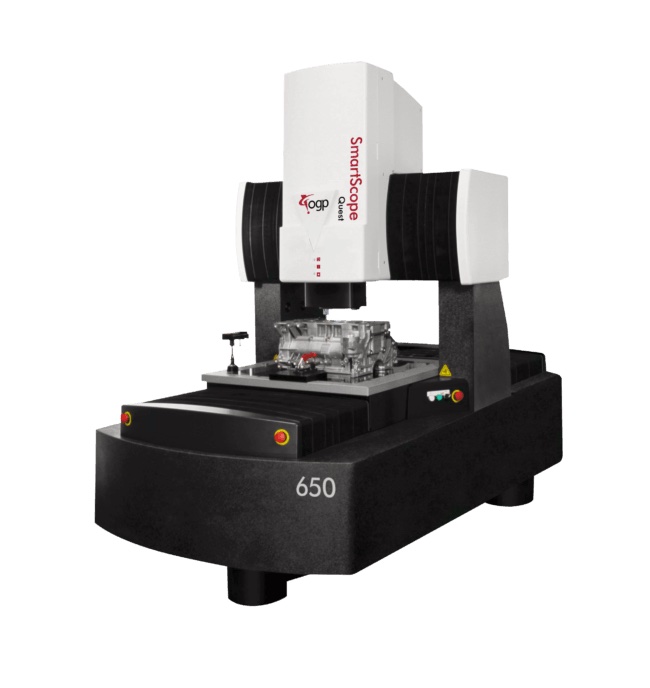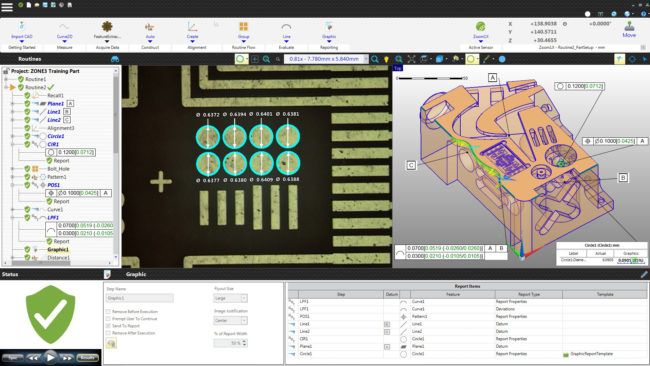industries
power and energy

The power and energy industry relies on advanced measurement and calibration to ensure efficiency, safety, and reliability. Metrology equipment and services provide the extreme precision needed for optimal performance. Here are the key applications of metrology in the power and energy sector.
Quality Control During Manufacturing
Strict quality control during manufacturing is crucial for power and energy components. Advanced metrology systems conduct detailed inspections of parts and materials. This verifies that turbine blades, generators, solar panels, batteries, and other components meet your required specifications. Metrology detects microscopic defects that could lead to catastrophic failures down the line.
- Power and energy manufacturers use coordinate measuring machines (CMMs) for dimensional inspection. CMMs use touch probes to take precise measurements of the parts you manufacture. The measurements are compared to the original CAD model to identify any deviations. Visual inspection systems are also common. These allow you to use high-resolution cameras to capture minute defects on surfaces.
- Metrology ensures that materials have the proper microstructure and mechanical properties. Scanning electron microscopes examine metals and alloys at the nanoscale. Spectroscopy techniques characterize the molecular structure. And hardness testers measure material strength and ductility.
Maintenance and Repair
Power plants and facilities require regular maintenance to sustain performance. Maintenance teams use metrology for repair work and preventive maintenance. Portable CMMs and laser trackers provide precise measurements of large components like your turbines and generators. This identifies wear, damage, and misalignment issues. Metrology provides the precision needed for such repairs. Vibration sensors also detect abnormal vibrations signaling potential problems.
- Oil and gas pipelines rely on inline inspection tools known as “pigs.” These instruments use nondestructive testing as they travel through the pipe. Ultrasonic and radiographic testing find flaws and damage in pipe walls. Metrology sensors characterize the pipe shape. This helps you detect deformations needing repair.
Improving Design and Engineering
Metrology fuels innovation in your power and energy equipment design. Detailed 3D scans of components create precise digital twins. Engineers perform simulations and analysis on these models to improve performance. Reverse engineering using metrology probes extracts design data from existing parts. This enables you to redesign components for greater efficiency and longevity.
- For example, gas turbine makers use metrology to study airflow and combustion dynamics. This leads to optimized blade shapes and fuel injection patterns. Metrology also aids in lightweighting parts to improve efficiency. And simulations on metrology-based models help predict fatigue life of materials.
Research and Development
Metrology is indispensable for R&D in the energy industry. For renewable energy research, metrology tools characterize performance of new materials. This includes testing efficiency of solar cells, battery charge/discharge analysis, and material fatigue studies. Metrology also evaluates longevity of new coatings and lubricants for your turbines and equipment.
- In addition, metrology aids in developing new energy sources like advanced nuclear, geothermal, etc. This provides more examples of metrology’s impact on emerging technologies.
- In oil and gas, metrology sensors monitor pipeline integrity. This provides data to develop smarter corrosion and leak detection methods. And enhanced reservoir modeling using metrology data improves drilling efficiency and oil recovery. Government and corporate labs also rely on precision metrology for energy research.
Metrology Standards and Regulations
Given its crucial role, metrology for power must meet strict accuracy standards. National metrology institutes like NIST provide traceability to the SI system. Accreditation bodies ensure commercial labs follow international standards like ISO/IEC 17025. And industry groups publish consensus standards for specific equipment calibration.
- Power and energy components undergo rigorous government regulations. For example, nuclear plant parts adhere to strict NRC quality standards. And electricity meters must follow NIST accuracy guidelines. Proper calibration reduces revenue loss from inaccurate utility meters. Metrology demonstrates regulatory compliance. Independent testing labs use metrology to provide unbiased measurements for your certification needs.
Calibration Services for Utilities
Electric utilities require periodic calibration of field instruments and lab equipment to maintain measurement accuracy. On-site calibration vans minimize downtime. And utilities send lab instruments to accredited firms on a schedule.
- All transmission system sensors and monitoring devices need regular calibration. This includes phasor measurement units, fault recorders, revenue meters, and more. Gas utilities similarly calibrate flow meters and analyzers regulating distribution. Calibration management software tracks instruments and schedules recalibrations.
Advanced Metrology is Essential for Power and Energy
Advanced metrology delivers the precision, reliability, and traceability you need in power and energy. It ensures quality, safety, and optimal performance across the sector.
- Metrology provides the technical foundation for innovation and efficiency gains in your equipment and fuels. So whether for manufacturing, R&D, or field use, metrology is a necessity for power and energy companies today. Investing in the latest metrology tools and calibration services fuels success in this important industry.
Contact Great Lakes Metrology today to get started.
FAQs
What are some examples of metrology equipment used in power?
- Common tools include CMMs, laser trackers, laser scanners, microscopes, material testers, calibration instruments, inline sensors, and field measurement devices.
What standards apply to metrology in energy?
- Key standards are ISO/IEC 17025, ANSI Z540, NERC, and regulations from NIST, NRC. Traceability to national metrology institutes is essential.
How often should power plant equipment be calibrated?
- Calibration intervals vary by equipment type and criticality. Sensors and instruments are often calibrated annually. Lab equipment may be calibrated every 6-24 months. Mission-critical tools like revenue meters require more frequent calibration for uptime.
Should power companies use in-house or third-party calibration services?
- A combination is ideal. External labs calibrate highly precise equipment. On-site vans handle field instruments efficiently. In-house labs calibrate general tools. This balances costs, uptime, and measurement assurance.
How can metrology improve efficiency and emissions for power generation?
- Precise metrology enables optimizing turbine and generator design, fuel injection, materials performance, and other efficiency and emissions factors. Metrology-based models, sensors, and testing capabilities allow continual efficiency improvements.
Metrology Equipment for the Power and Energy Industry

L100 CMM Laser Scanner
quick view
XC65Dx CMM Laser Scanner
quick view
CARBstrato
quick view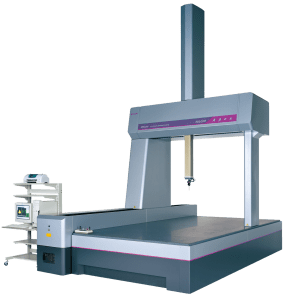
FALCIO-Apex 2000G/3000G/4000G/4500G
quick view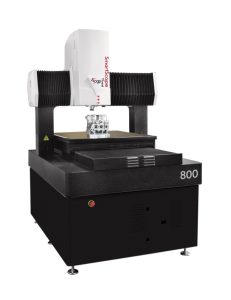
SmartScope Quest 800
quick view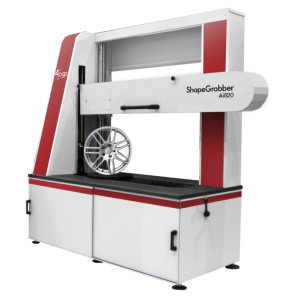
ShapeGrabber Ai820
quick view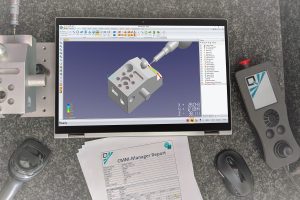
Offline Programming for Vision
quick view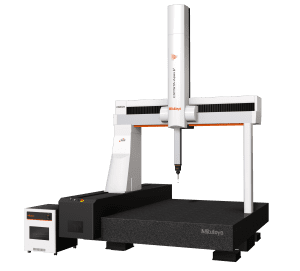
CRYSTA-Apex V1200/1600/2000
quick view
PolyWorks ReportLoop
quick view
PolyWorks Reviewer
quick view
Benchtop Multisensor Measurement System
quick view
Flash 200 | Compact Benchtop System
quick view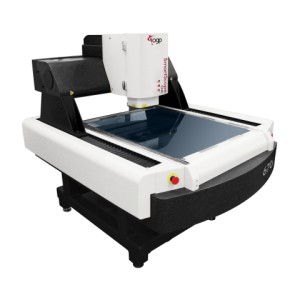
Smart Scope Flash 670
quick view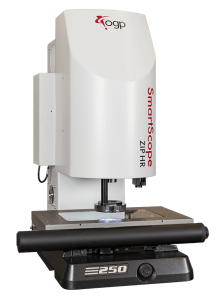
SmartScope ZIP HR 250
quick view
SmartScope ZIP 800
quick view
SmartScope Quest 650
quick view
SmartScope Quest 450
quick view